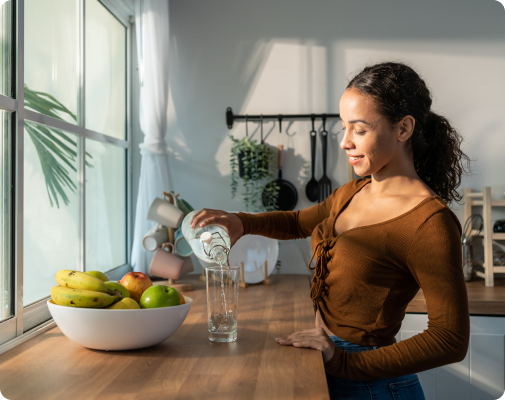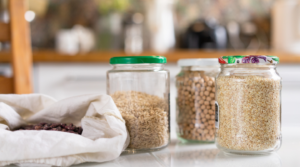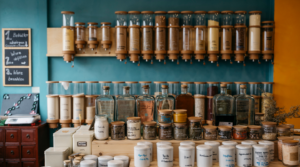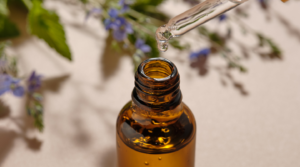No matter where you live, unless you’re growing your entire diet from scratch, the chances are that you rely on packaging each and every day to protect your food, drink and other goods and ensure longevity.
But what is the connection between packaging and our health?
Packaging is essential in helping manufacturers and companies preserve the safety and quality of our food and drinks, but also to protect a wide range of health and beauty products – from pharmaceuticals to cosmetics and perfumes.
This packaging can come in a range of shapes, sizes and materials, depending on how an item needs to pass through the supply chain, what kind of information it needs to convey to consumers, and how the brand wants to present itself to stand out on the shelves.
In the case of food products, the materials used to wrap or package them are known as ‘Food Contact Materials’ (sometimes referred to as FCMs, for short) – they form the layer that comes into direct contact with content itself. These are crucial for maintain food and drinks’ standards and safeguard public health.
What chemicals can be found in packaging?
Recent health research from Critical Reviews in Food Science and Nutrition found that close to an estimated 3,000 chemicals could potentially leak from certain packaging materials into food itself, making human exposure to these chemicals highly probable. Other studies and health programs have even detected harmful substances, such as microplastics, in human blood, human placenta or breast milk.
The scary thing? Most of these chemicals – 65%, to be precise – have never yet been recorded in any regulatory or industry list to date. And of the thousands of detected chemicals that could potentially leak into food, more than two thirds were identified in plastics, affecting our health and that of the environment.
Since most packaging scores today fail to consider these chemicals into account, choosing the right packaging can be tough for even the most avid shoppers.
But if you too want to look beyond the label and consider more than just environmental factors, there are some tools that can help! For example, the Food Packaging Forum’s Understanding Packaging (UP) Scorecard is a free, user-friendly tool to assess human and environmental health impacts of common foodware.
But why is glass a healthy choice?
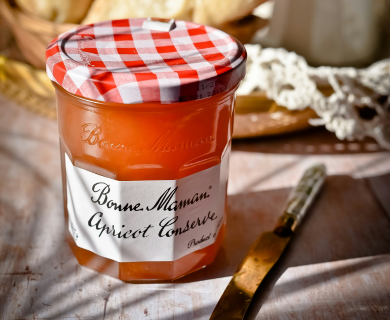
Glass protects our favourite food and drinks
or one, glass needs no other ingredients, chemicals, or plastic linings to protect our food, keeping food and drink fresher for longer. Ever notice how products that need to be stored reliably for long periods of time – say jams, pickles, or honey – often come in a glass jar? That’s not a coincidence! The first thing you learn in Food Preserving 101 is that glass acts as a natural barrier from high temperatures or bacteria. The Critical Reviews in Food Science and Nutrition study actually found glass to be one of the safest food contact materials when it comes to chemical detection.
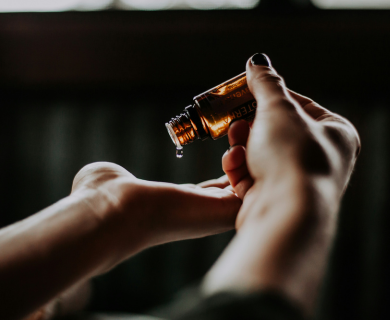
Glass is an inert material
Glass is one of the most inert materials. Thanks to its chemical make-up, even the tiniest molecules can’t pass through the glass barrier to affect the flavour inside, and likewise, bottles and containers don’t absorb any chemicals or contaminants from what’s inside. This makes it one of the most suitable materials for food packaging to protect consumer health and ensure product safety (for one breakdown, look to Dieter Schrenk’s 2014 study).
What’s more? It’s also the only packaging out there recognised as safe (GRAS) by the U.S. FDA and EU REACH regulations.
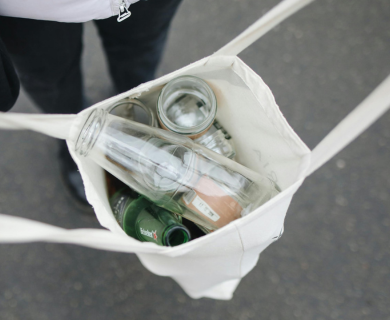
Glass remains healthy even when recycled
And being chemical-free isn’t just a one-time thing. You may have heard that glass can be recycled again and again, but did you know that a bottle recycled for the tenth time is just as healthy as one that’s completely brand new?
That’s because only ingredients found in nature and recycled content are used to make new bottles and containers, which stay chemically inactive no matter how many times they’re recycled. In short, glass is a circular material – i.e., it can live many new lives after being recycled without coming at the expense of human health.
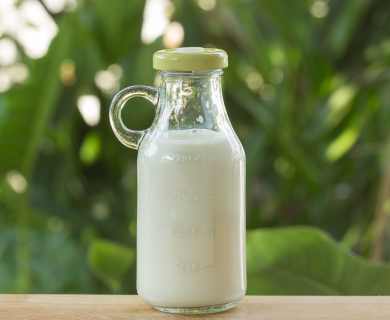
Glass is made from materials found in nature
That’s right! Glass is made from raw materials found in nature, such as sand, soda ash and limestone. Together with recycled content, glass is then formed into a single-layer material that can protect a wide variety of products, from delicious foods to the most delicate medicines.
Choosing glass means putting health and food safety first
At a time when almost half of us are concerned about the safety of product packaging for food and hygiene products, nearly 8 in 10 of us see glass packaging as the material that’s fit for the future, thanks to its prime health and lifestyle credentials. When compared to other food contact materials like plastic, for instance, glass is trusted to never pose a health hazard more than twice as much.
So choosing glass is choosing to put health and safety first. Next time you go to the supermarket, remember to choose packaging that is inherently healthy and the natural choice to protect our health and our families!
Related posts




